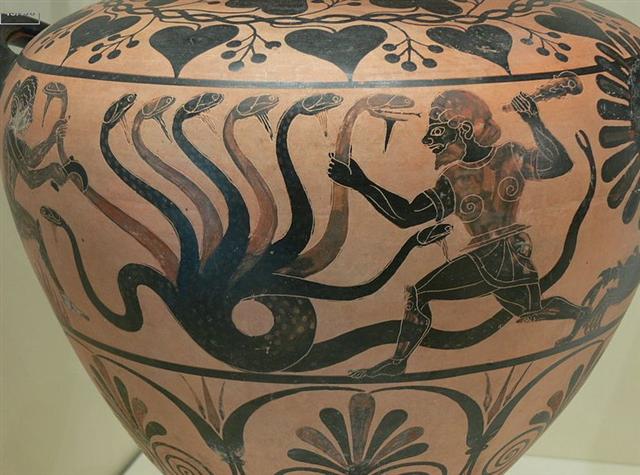7. If we add the Toliman number (222) to the day number for May 24 the result is 366.
I have counted the right ascension day of Vega (at the assumed time of G) to have been day 80 + 282 (281.8) = 362 (or 'December 28). By assuming 'June 1 (152) to have been at Gb1-1 (day 9 from Ga8-19 and 'May 24) the implication is that 'December 31 could be at Gb8-2. Perhaps kiore+henua is a glyph type which 'makes a joint in calendar time', here because day 365 is 'one more' than the 364-night long 'star year' (presumably reflected in the old expression 'within a year and a day). On side a there are 31 such glyphs. 230 - 31 = 199 and 472 - 32 = 440. A very special glyph is indeed in position 441:
The right ascension day of α Centauri (Toliman, 'the Ostriches' - maybe hiding their heads in sand or taking care of their great eggs), was at the time of G at 'October 28:
At the time of my astronomy book the right ascension of Toliman was 14h 36m or ca (14 * 60 + 36) / (24 * 60) * 365¼ = ca 222.2. From hanau in Ga6-17 to hanau in Ga8-18 there are 64 glyphs. From hanau in Ga8-18 to the end of side a there are 9 glyphs, which can be remembered by counting the hydra heads:
Pure speculation of course, but the arrangement is surely meant to be 'cosmic'. For the moment it is enough to note there are 9 heads confronting Hercules, leaving us unsure whether he has liquidated 1 head or whether the missing head (to reach the expected 10) only is the tail of the creature. The equation 364 = 222 + 142 is easily changed to e.g. 364 = 221 + 143. The meaning of my so-called Toliman number (222) can possibly be explained by this 'key':
177 + 187 = 364. This year seems to be equated with another 'year', with 250 nights. 472 - 250 = 222, which perhaps means the distance from Ga2-14 up to and including Gb2-10 - central in the text - represents the 'front side'. 2-14 (similar to but less than 3-14) is a number which occurs also at Gb8-2, because 444 - 230 = 214:
| ||||||||||||||||||||||||||||||||||||||||||||||||||||||||||||||||||||||||||||||||||||||||||||||||||||||||||||||||||||||||||||||||













